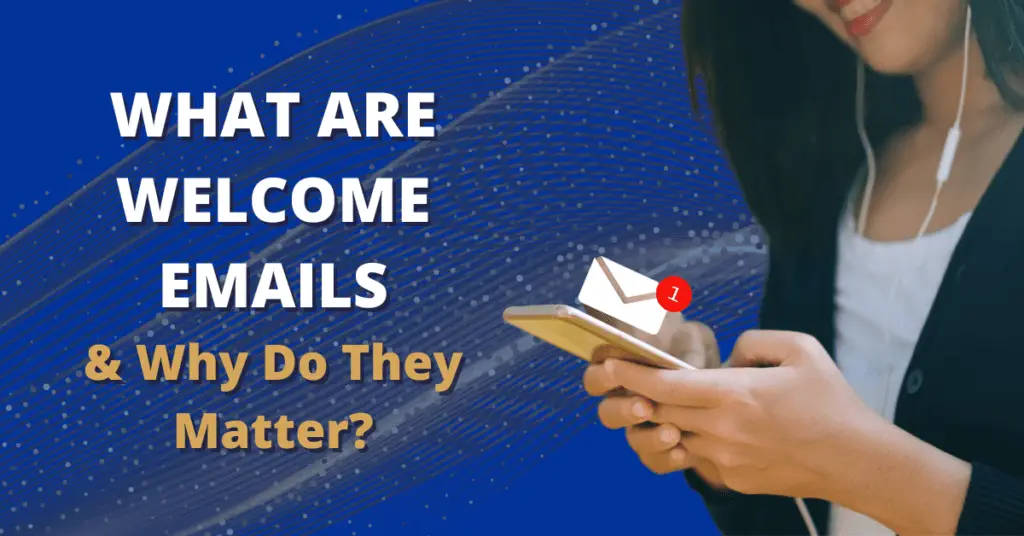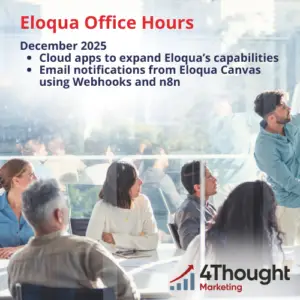
As marketing algorithms change and trends evolve at a rapid pace, one timeless strategy endures: welcome emails.
Marketers may be tempted to overlook welcome emails in favor of more flashy tactics, but this decision comes from not understanding the true impact a welcome email can have. It holds a unique position in the marketer’s toolkit, offering a direct line of communication to new subscribers and an opportunity to make an unforgettable first impression. Let’s look a little closer at what makes a welcome email so important and what to keep in mind while building one.
Understanding the Impact of a Well-Crafted Welcome Email
Welcome emails are not just another item to check off your marketing to-do list. They are the cornerstone of building lasting relationships with your audience.
A significant part of this impact comes from customer expectations. Most people (roughly 75% of those surveyed in one study) expect a welcome email after signing up for a newsletter, creating an account, or otherwise beginning a relationship with your organization. Customers are then more likely to open and read the expected email—anywhere from 50-86% more likely than they are to open an email newsletter. And the momentum continues. Over the next 6 months, your new contact is more likely to open and read emails from your organization, keeping them engaged.
Welcome Email Best Practices
At its core, a successful welcome email is not just a generic greeting, but a personalized and value-driven message that resonates with the recipient. When crafting your welcome emails, consider the following best practices to maximize their impact:
- Personalization: Address subscribers by name and tailor the content of your welcome email to their interests or preferences whenever possible. Personalization goes a long way toward making recipients feel valued and understood.
- Clarity and simplicity: Keep your messaging clear, concise, and focused on the value proposition. Avoid overwhelming subscribers with too much information or unnecessary details.
- Immediately valuable information: Give your new contact something they can immediately use. For instance, your welcome email might include a discount code for their first purchase or information about finalizing their account setup.
- Call to action (CTA): Include a clear and compelling call to action in your welcome email to prompt recipients to take the next step, whether it’s making a purchase, exploring your website, or following you on social media.
- Mobile optimization: With more emails being opened on mobile devices than ever before, it’s essential to ensure that your welcome emails are fully optimized for mobile viewing. Test your emails across different devices and screen sizes to ensure a seamless experience for all subscribers.
Additionally, remember that the welcome email is just the first step. Follow-up emails and integration into your marketing automation campaigns will further solidify the connection to your subscribers. Your goal is to keep them engaged and interested in your brand long after the welcome email has been opened. The welcome email is your hook—it’s far from the only step in the process.
Incorporating Effective Welcome Emails into Your Email Marketing
We all love it when our marketing emails get opened and read. We forge better connections with our subscribers and we bring in more revenue from sales. But as recent history proves, many marketing emails go ignored or unopened. That’s why a welcome email can be so critical. With the initial hook, you can much more easily capture your contacts’ attention as well as drive engagement and conversions.
Are your current welcome emails not quite doing the trick? We can help you figure out why. Contact us today to schedule an email efficacy evaluation and get your marketing campaigns back on track.






